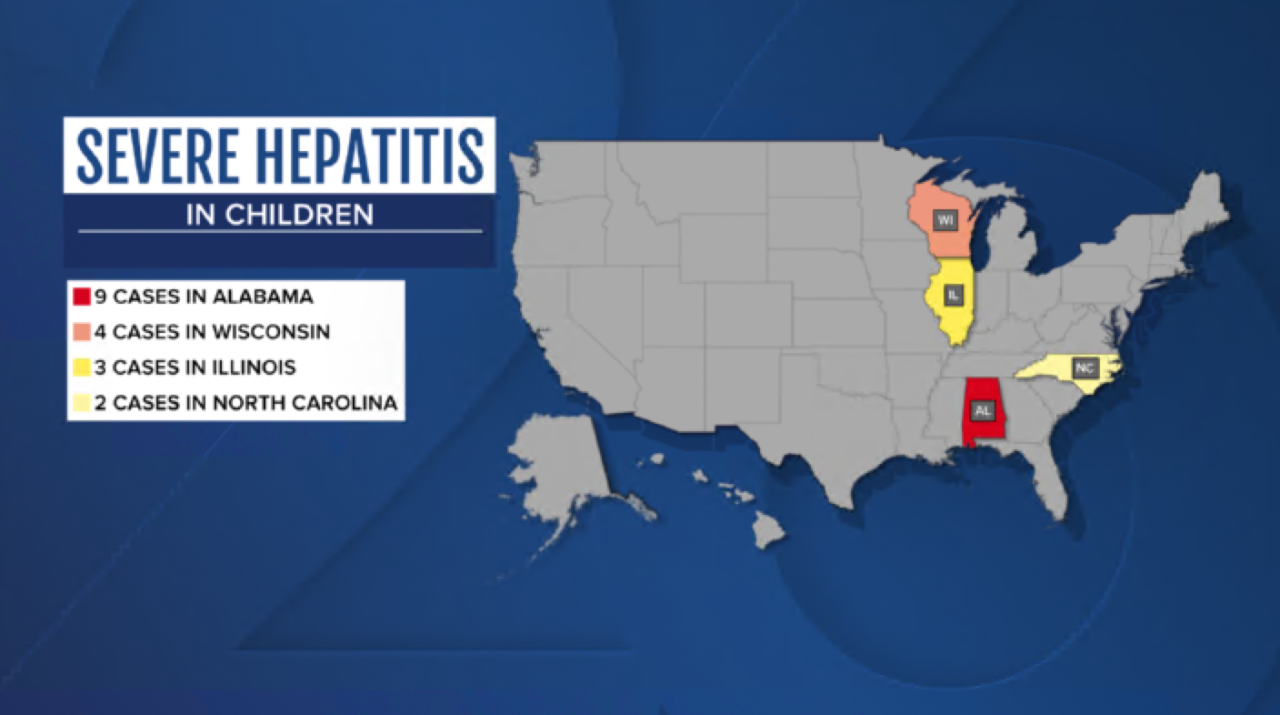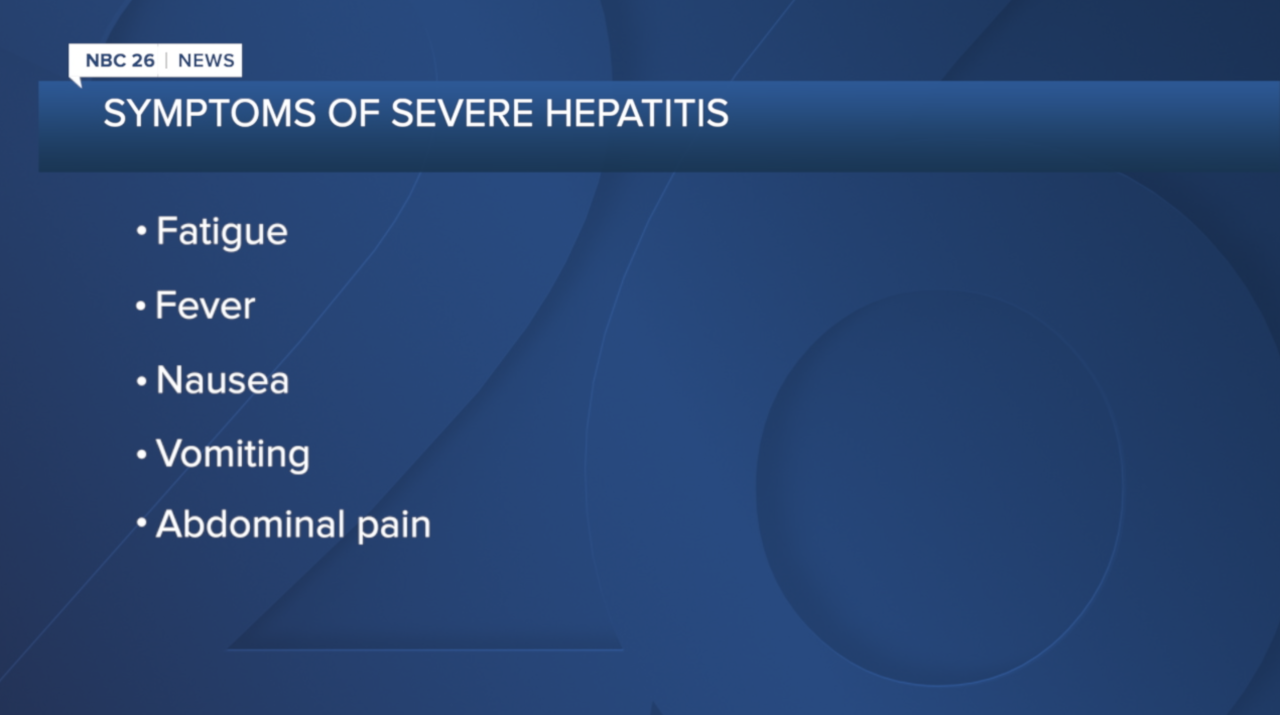Doctors around the globe hope to pinpoint the cause of a number of unexplained severe liver inflammation cases in children, including four cases in Wisconsin.
The World Health Organization said this week nearly 170 severe hepatitis cases have been reported so far in 16 countries, up from 74 cases in just the United Kingdom two weeks ago.
In the United States, nine cases have been found in Alabama, three in Illinois, two in North Carolina and four in Wisconsin.

The first death from this liver inflammation was in Wisconsin. Another child in Wisconsin needed a liver transplant.
Emma Mohr, a pediatric infectious diseases specialist with UW Health Kids in Madison, said area health leaders are still trying to find out why these severe hepatitis cases are happening.
"We don't have that information yet," Mohr said. "Hepatitis in kids does happen normally and we see cases every year. What is interesting about this is we seem to see a cluster of cases, so more kids at once than we would typically expect for our regular rates."
Mohr said the term hepatitis simply refers to inflammation of the liver and can have many causes, including toxins, medications and viruses.
The WHO said hepatitis A, B, C, D and E haven't been linked to the reported cases.
Of the global cases, the WHO reports 74 tested positive for what's called adenovirus, which causes cold-like symptoms, while COVID-19 was found in 20 tested cases. But Mohr said it's still unclear what's actually causing the illness.
"We haven't found a virus that is common to all the kids yet. So we can't put our finger and our hat on it and say, 'Yep. This is Virus X that's causing all of these,'" Mohr said. "That's why we have to have this large public health response to get to the bottom of all the cases and look for some common feature of all of them."
Mohr said symptoms of severe hepatitis in kids may include fatigue, fever, nausea, vomiting and abdominal pain.

"Once those develop over a little bit of time, sometimes children develop yellow colored skin and yellow colored eyes, and that's called jaundice. If your child develops those symptoms, it would be a good idea to check in with your regular doctor and have them be evaluated."
Since health officials don't know if this is contagious, Mohr said the best preventative measures people can take right now are to make sure they're washing their hands regularly and wearing masks to stop the spread of viruses.



